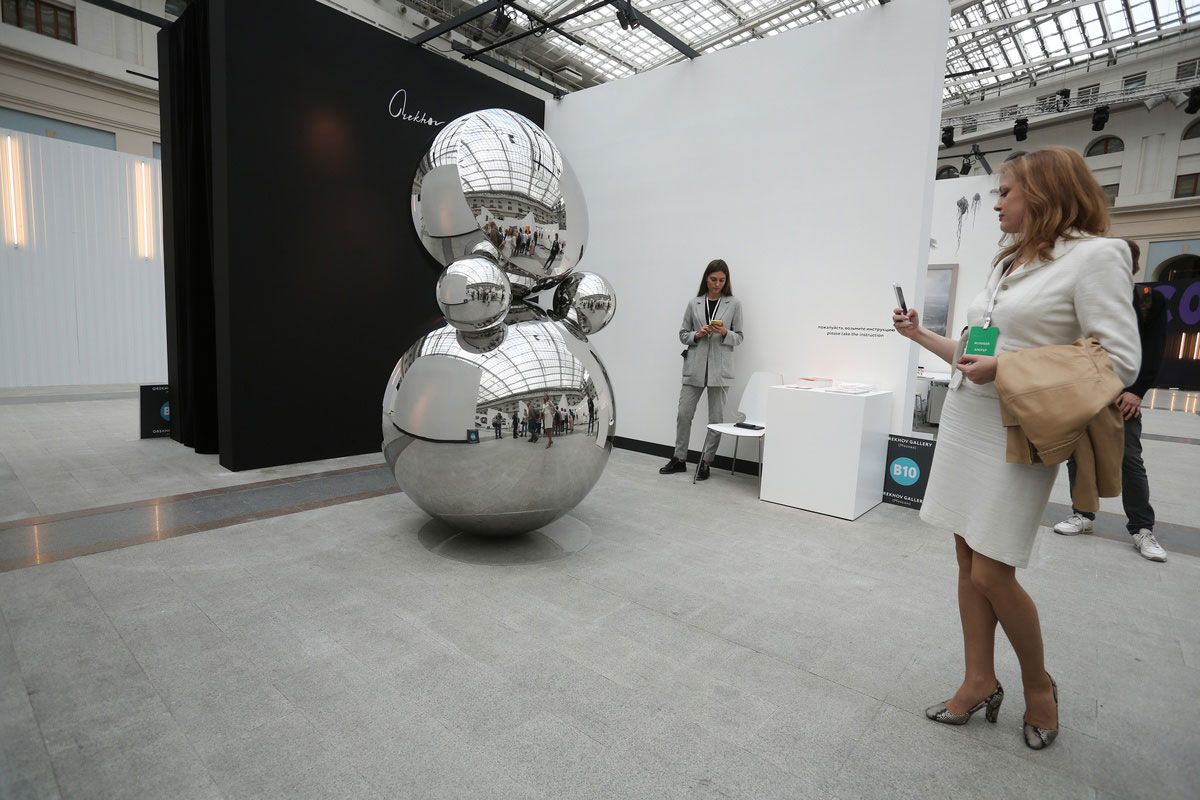Russia, by law, now recognises contemporary art as art. Previously, valuable works of art created fewer than 50 years ago were officially treated as “luxury goods” and subject to 30% import dues. This changed on 29 January with the passing of a new law that is part of a radical revision of Russian art import-export regulations aimed at opening up the Russian art scene to the world.
The Russian ultra-rich with an interest in art and access to President Vladimir Putin have played an important part in this policy change, which follows a previous aborted attempt and bitter debate in parliament, where Communist politicians argued that it would benefit only the rich.
Teresa Iarocci Mavica, the Italian director of V-A-C, the contemporary art foundation of the natural gas billionaire Leonid Mikhelson, credits comments made by Mikhelson at a 2016 forum on the regulation of the art market held in the State Hermitage Museum, St Petersburg, for getting state cultural officials to see the urgent need for the new law. Mikhelson is transforming GES-2, a former power plant near the Kremlin, into a 20,000 sq. m contemporary art museum, costing around $300m. Mavica says that she told him that, under the previous law, they could not open a museum, and that it was an important reason why there are no collectors and no auctions in Russia. “This is something that will change the way we are working,” she says.
The previous, prohibitive legislation was created in the chaotic 1990s, after the collapse of the Soviet Union, to prevent the mass exportation of cultural treasures. But it also made it virtually impossible to import art, levying huge tariffs on important works of art and offering no re-export guarantees to private collectors. Russians have, therefore, tended to base their private collections in Europe.
There has, nonetheless, been a boom in private art museums in Moscow in recent years. Many of their billionaire founders, who have been targeted as Kremlin cronies on Western sanctions-related lists, have bankrolled projects that support emerging Russian artists, in addition to showing contemporary art from the West and art that was suppressed in Soviet times. They have had to find ways around the previous law, such as importing works for display via state institutions, such as Rosizo, the exhibitions arm of the ministry of culture, or state museums.
“We will now be able to import art ourselves,” says Anton Belov, the director of the Garage Museum of Contemporary Art, Dasha Zhukova’s museum in Gorky Park in Moscow. “It will be much easier for us; it will be cheaper and all the papers will be in our name. I really hope that, from this moment, it starts to work in a normal way, like everywhere else in the world.” He believes that the new law will also benefit contemporary Russian art, which will be able to integrate with the international art scene.
Yulia Petrova, the director of the Museum of Russian Impressionism in Moscow, founded by the billionaire Boris Mints, says that the law recognises what is already the case in practical terms, which is that state and private museums “conduct the same activity”. Previously, she says, it was impossible to organise independently an exhibition of Russian art from Mints’s collection abroad or to bring works from foreign museums and private collections to Russia.
Margarita Pushkina, the founder of Cosmoscow, Russia’s main and only exclusively contemporary art fair, which has grown year by year, is also uncertain about the benefits of the new law for her fair. However, she is confident that it will strengthen the contemporary art scene generally, because the growing number of wealthy collectors turning to contemporary art is stimulating the sector as a whole. She says: “When there is the example of collectors such as Mikhelson and Zhukova, who are well known to have deep pockets, it shows that contemporary art is worthy of attention.” The new law, she says, means that “museum-level collections can now be kept in Russia. This is an important liberalisation; collectors can now show their art in state museums.”


